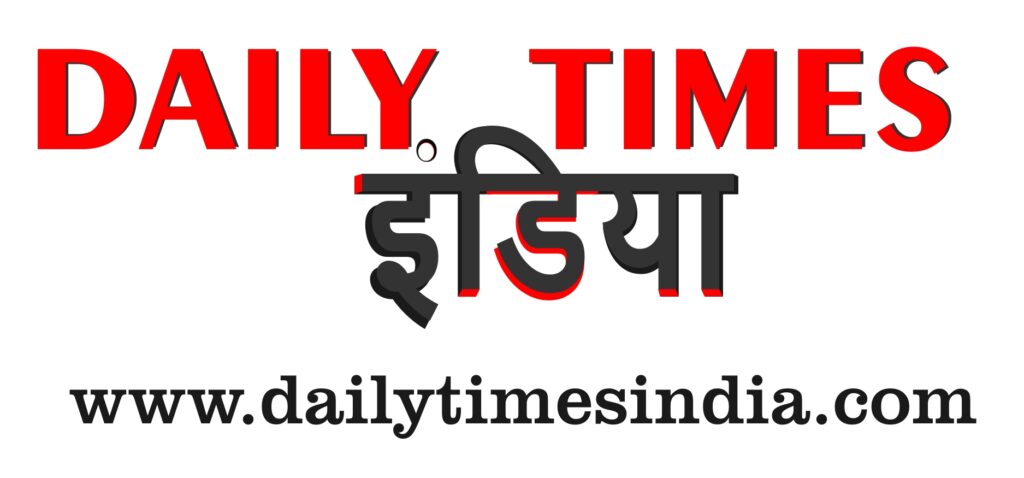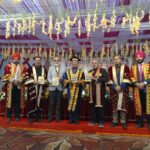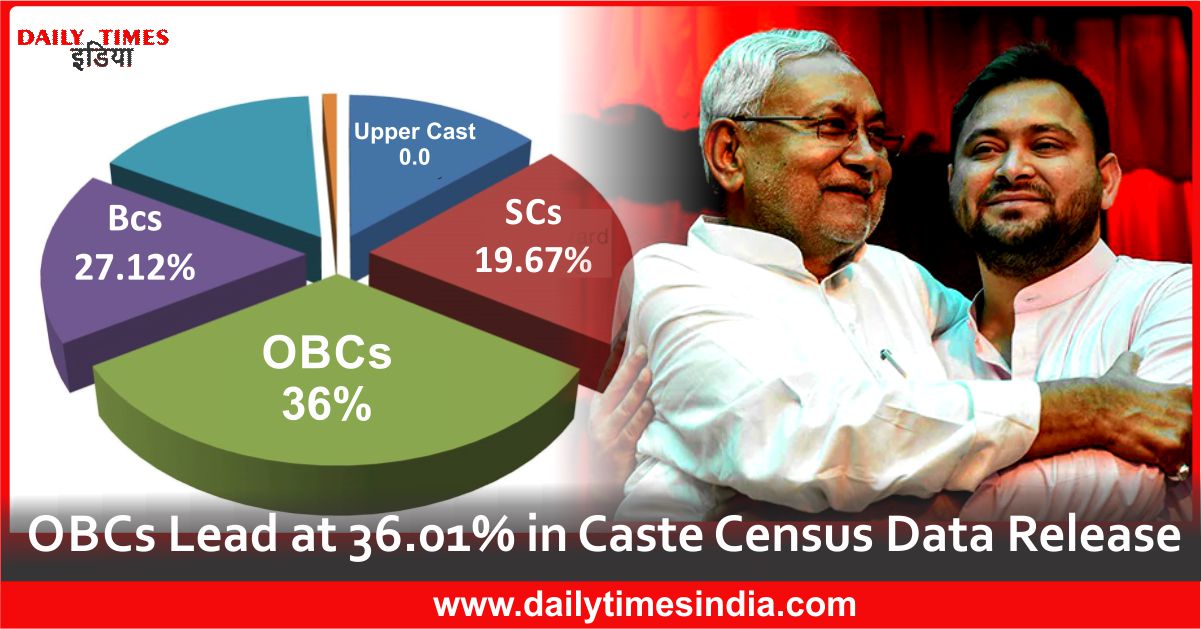Bihar caste census: In a significant development, the Bihar government has officially released the long-awaited caste census data, shedding light on the state’s diverse demographic landscape. In-charge Chief Secretary Vivek Kumar Singh unveiled a comprehensive report detailing the caste demographics in Bihar, providing valuable insights into the composition of the state’s population.
बिहार के जाति आधारित सर्वे के आँकड़े सावर्जनिक!
— Tejashwi Yadav (@yadavtejashwi) October 2, 2023
ऐतिहासिक क्षण!
दशकों के संघर्ष का प्रतिफल!!
अब सरकार की नीतियाँ और नीयत दोनों ही जाति आधारित सर्वे के इन आँकड़ों का सम्मान करेंगे। #CasteCensus #Bihar pic.twitter.com/rX0x0JFELx
Key Highlights from the Caste Census Data:
Total Families: The report indicates that Bihar is home to a total of 2 crore 83 lakh 44 thousand 160 families, reflecting the vastness and diversity of the state’s population.
OBC Dominance: The data highlights that the OBC (Other Backward Classes) community holds a significant presence in Bihar, constituting a substantial 36.01% of the state’s population.
Backward Castes: The BC (Backward Class) community accounts for 27.12% of Bihar’s population, showcasing their substantial representation in the state.
Scheduled Castes: The data also reveals that the SC (Scheduled Caste) community makes up 19.67% of Bihar’s population, reflecting their significant presence in the social fabric.
Caste Diversity: The caste census further breaks down the population into various castes and communities, providing a detailed perspective on Bihar’s demographic makeup. Notable communities include Koeri, Kurmi, Kayastha, Cobbler, Chamar, Ravidas, Brahmin, Bhumihar, Musahar, Rajput, Bania, Mallah, and Yadav, each with their own unique representation.
Caste-Based Census Process:
The caste census was conducted in two phases:
First Phase: The initial phase of the census, which began on January 7, focused on house listing and counting. This phase concluded on January 21, 2023.
Second Phase: The second phase commenced on April 15, involving data collection from individuals. It aimed to gather information about the number of families, their living conditions, income, and other pertinent details.
Legal Intervention and Resumption
During the course of the second phase, legal challenges arose, eventually reaching the Patna High Court. By the time the court issued its decision, nearly 80% of the second-phase census work had been completed. However, following the court’s intervention, the caste census was temporarily halted on May 4.
On August 1, the Patna High Court dismissed all petitions against the enumeration, allowing the Bihar government to proceed with the caste census. In response to this development, the state government promptly issued orders to District Magistrates (DMs) to finalize the remaining aspects of the caste census in accordance with the court’s decision.
Government’s Objective
Chief Minister Nitish Kumar clarified that the Bihar government’s primary objective is not solely focused on conducting a caste census but is instead aimed at collecting comprehensive information related to the economic conditions of the people and their respective castes. This data will enable the government to formulate effective plans for the betterment of its citizens and enhance the delivery of public services, ultimately improving the overall quality of life for the people of Bihar.






